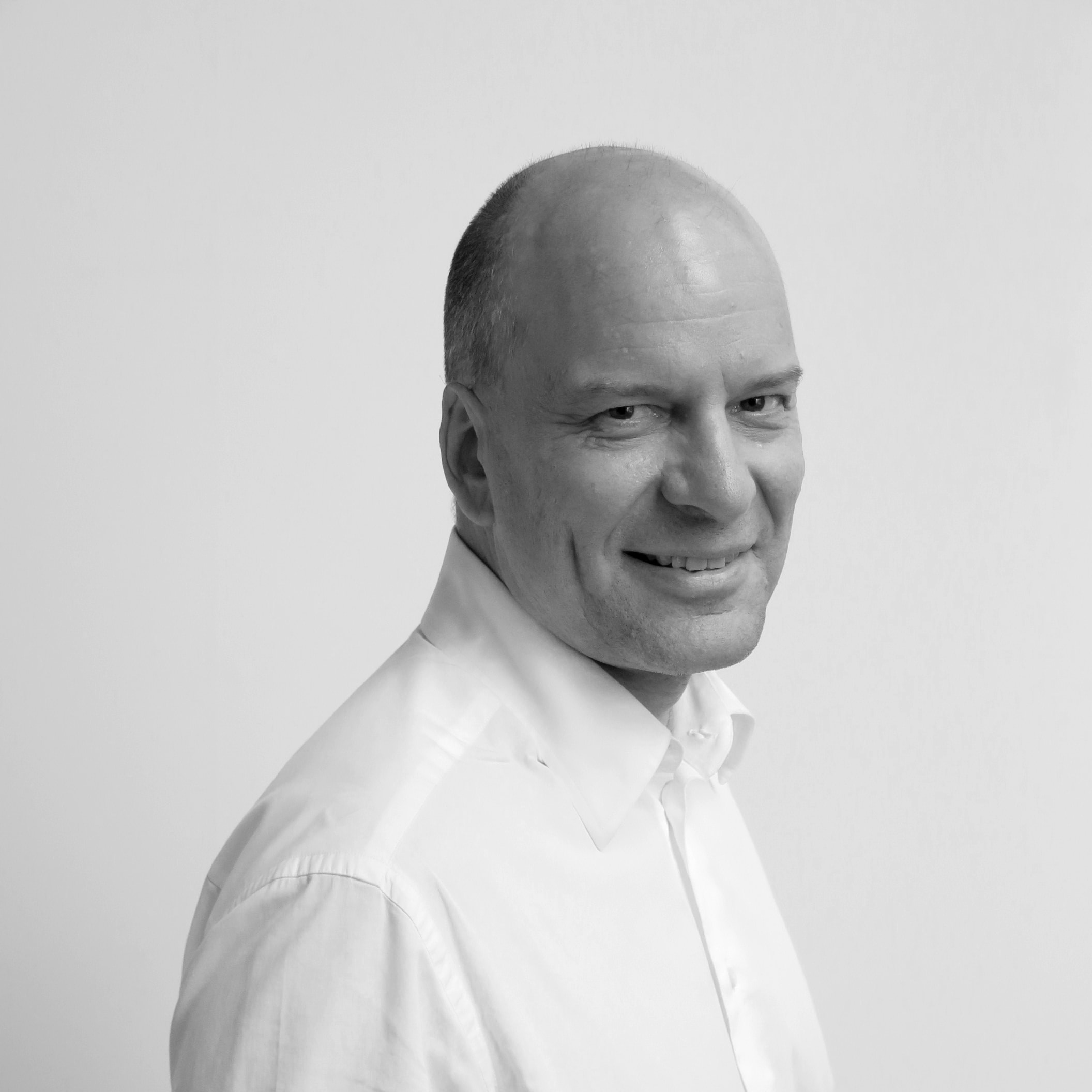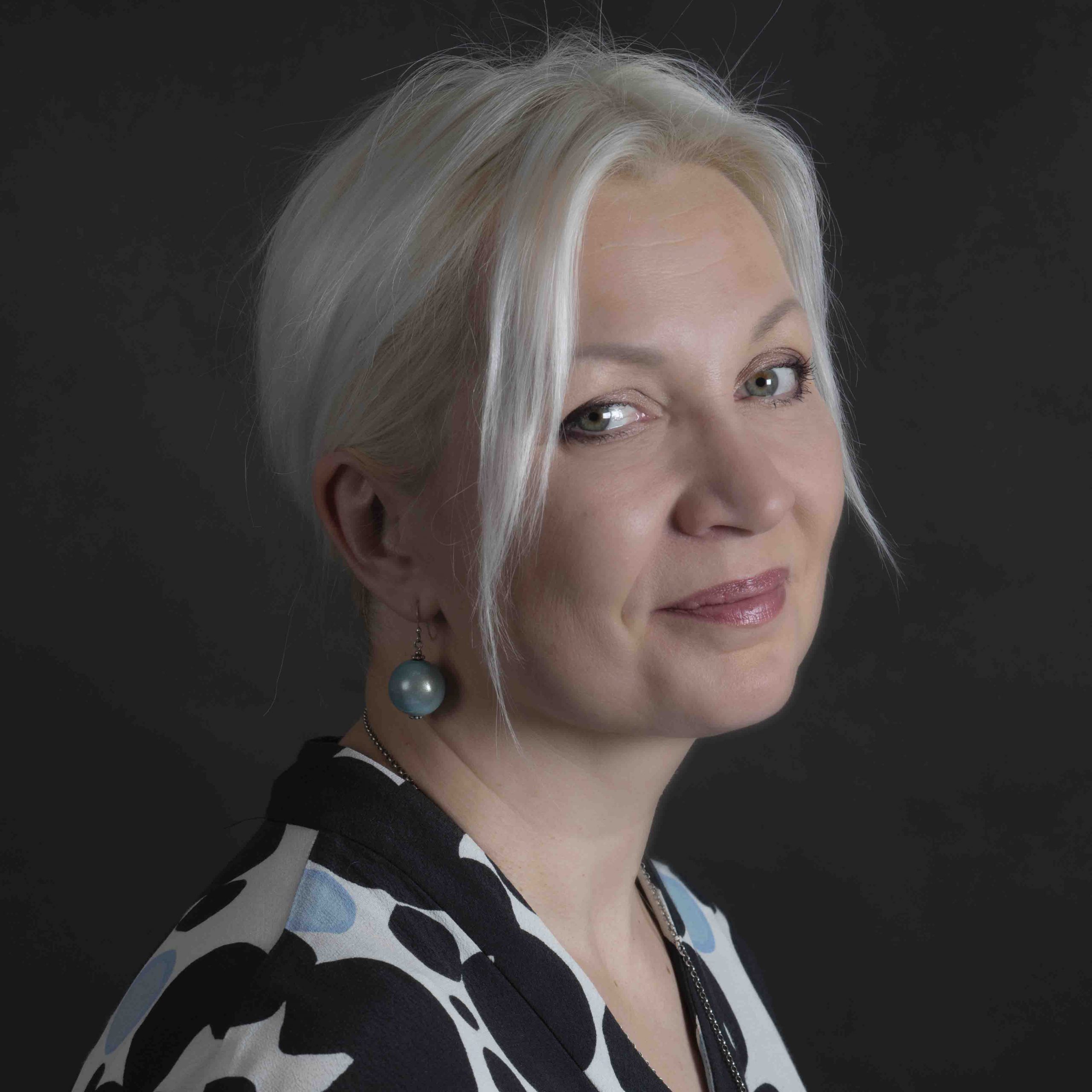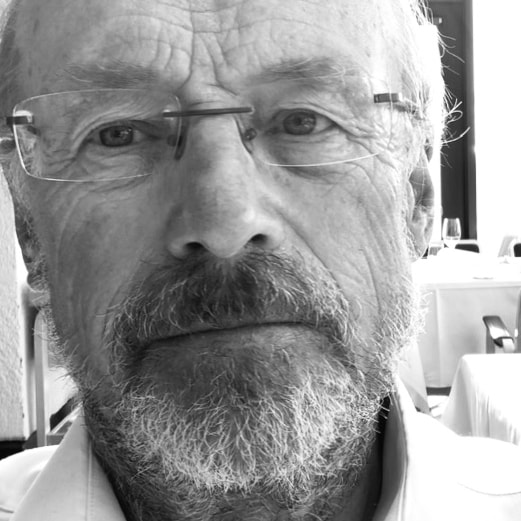Saija Hollmén
Architect Saija Hollmén, SAFA, (b. 1970) is the Vice Dean for Art and Creative Practices at Aalto University’s School of Arts, Design and Architecture and lectures at the university’s Department of Architecture. She is a founding member of the Aalto World in Transition Research LAB (WiTLAB), an interdisciplinary network focusing on humanitarian development and global responsibility. Hollmén has taught and lectured widely at universities around the world. Her research focuses on architecture as a sociocultural structure.
Saija Hollmén is one of the founders of Hollmén Reuter Sandman Arkkitehdit Oy and Ukumbi ry. Ukumbi is a Finnish NGO offering architectural services to vulnerable groups, particularly in developing nations. The Ukumbi-designed Women’s Centre in Rufisque, Senegal, has received extensive attention internationally. Other Ukumbi projects include a domestic violence shelter in Moshi, Tanzania as well as halls of residence to support girls’ school attendance in the country’s Iringa region. Ukumbi received the Finnish State Prize for Art in 2009 in recognition for the organisation’s efforts to promote human-centred architecture in developing countries that is based on local practices and heritage. Together with her partners, Saija Hollmén has received several other accolades, including the Asko Avonius Prize in 2012, the Alfred Kordelin Prize in 2009 and the Pietilä Prize in 2002.



